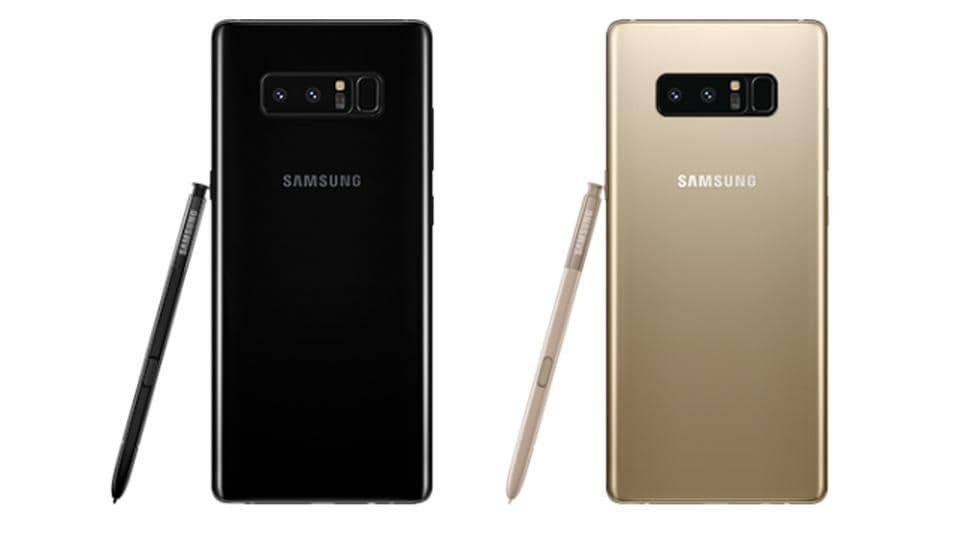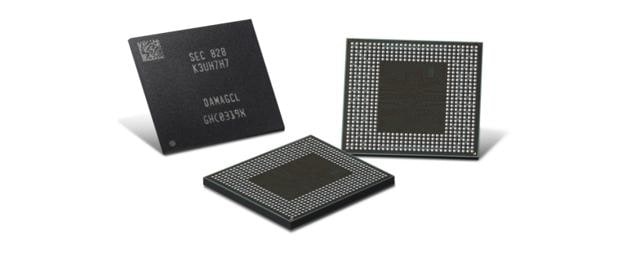Samsung Galaxy Note 9 to be the most powerful Note phone ever: Here’s why
Apart from improving design and camera capabilities, Samsung is likely to take the performance to another level with its Galaxy Note 9 smartphone. Here’s what will power the new flagship phone under the hood.

Samsung Galaxy Note 9 is going to be a powerhouse. As Samsung prepares for the official launch event in New York on August 9, the company last week announced the mass production of the 2nd generation LPDDR4X DRAM which is most likely to power the new Note phone.
Samsung's new mobile DRAM (Dynamic Random Access Memory) has up to 8GB of capacity and is based on 10-nanometer process. The LPDDR4X (Low Power, Double Data Rate, 4X) DRAM is said to be focused on improving the efficiency and reduce the battery drain that modern smartphones grapple with. The new module also paves way for slimmer design for the newer flagship phones.
"Compared to the mobile DRAM memory chips mostly used in current flagship mobile devices (1x-nm 16Gb LPDDR4X), the 2nd generation LPDDR4X DRAM features up to a 10% power reduction while maintaining the same data rate of 4,266 megabits per second (Mb/s)," Samsung said on its website.
"The advent of 10nm-class mobile DRAM will enable significantly enhanced solutions for next-generation flagship mobile devices that should first hit the market late this year or the first part of 2019," said Sewon Chun, senior vice-president of Memory Sales & Marketing at Samsung Electronics.
"We will continue to grow our premium DRAM lineup to lead the 'high-performance, high capacity, and low power' memory segment to meet the market demand and strengthen our business competitiveness," he said.


LPDDR4X vs LPDDR4
Last year's Samsung Galaxy Note 8 was powered by LPDDR4 RAM. The module was touted as the industry's first 8-gigabyte (GB) LPDDR4 mobile DRAM package. Also based on 10nm-process, the last-gen module aimed to improve overall users experience and device capacity.
"The new 8GB LPDDR4 operates at up to 4,266 megabits per second (Mbps), which is twice as fast as DDR4 DRAM for PCs working typically at 2,133 Mbps per pin. Assuming a 64 bit (x64) wide memory bus, this can be viewed as transmitting over 34GBs of data per second," said Samsung in October, 2016.
Powerful SoC
Apart from RAM improvements, Samsung is going to include the latest Qualcomm Snapdragon 845 processor or Exynos 9810 processor. In India, Samsung has traditionally launched the Exynos-based flagship Galaxy phones.
An upgrade over Exynos 8895 SoC which powers Galaxy S8, Galaxy S8+ and Galaxy Note 8, the latest gen Exynos processor comes with improved CPU cores, GPU and gigabit LTE modem. It also promises a download speeds up to 1.2Gbps, as it uses 6 band LTE carrier aggregation technology, 4×4 MIMO, and 256 QAM.
Samsung Galaxy Note 9 is expected to be advertised as the new benchmark phone for gaming. According to reports, the phone will debut with Fortnite, the viral mobile game. The phone is rumoured to come with vapour chamber heat pipe for cooling and to prevent overheating during long sessions of gaming or streaming graphic-intensive content.
Catch all the Latest Tech News, Mobile News, Laptop News, Gaming news, Wearables News , How To News, also keep up with us on Whatsapp channel,Twitter, Facebook, Google News, and Instagram. For our latest videos, subscribe to our YouTube channel.


























